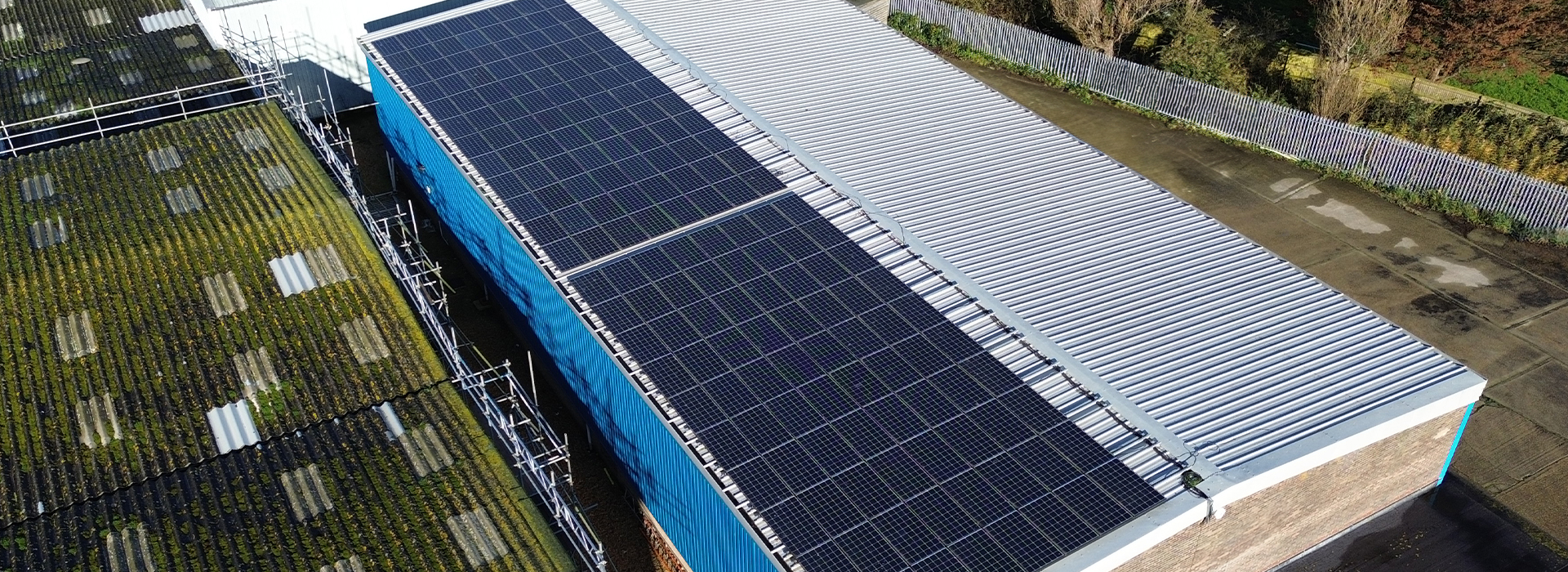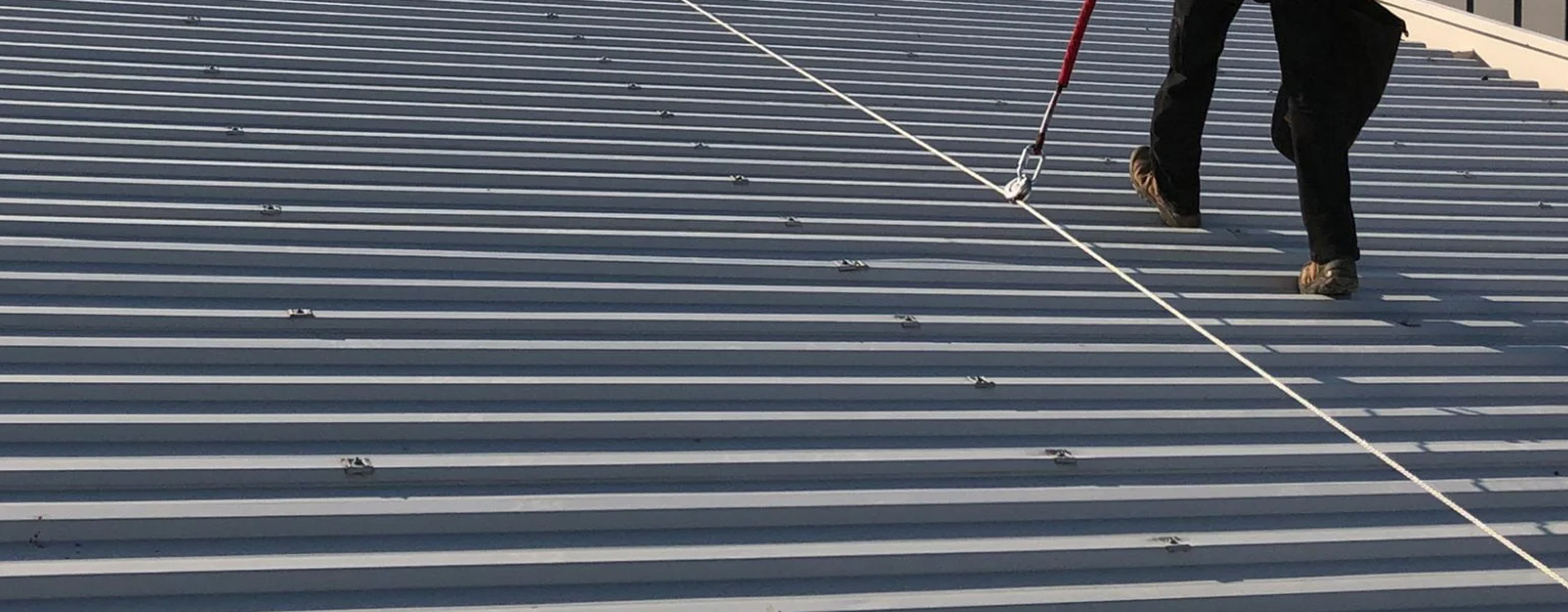Working on roofs during icy conditions presents significant risks. In the UK, where winter weather often brings frost, ice, and snow, ensuring proper safety measures can prevent accidents and injuries. Here’s a comprehensive guide to maintaining roof safety during icy conditions.
Understanding the Risks
Slips and Falls – Ice makes roof surfaces extremely slippery, increasing the risk of falls.
Structural Weakness – Accumulated snow and ice add extra weight, potentially compromising roof integrity.
Cold-Related Health Issues – Prolonged exposure to freezing temperatures can lead to hypothermia or frostbite.
Falling Ice and Snow – Melting and refreezing cycles can cause icicles and snow to slide off unexpectedly, endangering workers.
Essential Roof Safety Measures
Conduct a Thorough Risk Assessment
Before working on a roof in icy conditions, assess the hazards. Identify potential weak spots, ice accumulation areas, and structural vulnerabilities. A professional roof survey can help determine whether it’s safe to proceed.
Use Appropriate Personal Protective Equipment (PPE)
Non-slip footwear – Insulated, anti-slip boots provide better traction.
Harness and fall protection – A secure anchorage system prevents severe injuries in case of falls.
Thermal clothing – Layering helps retain body heat while ensuring mobility.
Gloves with grip – Essential for handling tools securely in icy conditions.
Implement Safe Access and Working Procedures
Use ladders with anti-slip feet and secure them properly before climbing.
Install temporary guardrails or safety netting for added protection.
Avoid working alone—always have a spotter or colleague present.
Consider using aerial lifts or scaffolding rather than walking directly on an icy roof.
De-ice Roofs Safely
Avoid using open flames or excessive force to remove ice, as this can damage the roof.
Use calcium chloride-based de-icers instead of rock salt, which can corrode roofing materials.
Gently remove snow with roof rakes or soft-bristled brooms to prevent damage.
Monitor Weather Conditions
Regularly check the weather forecast before beginning work. If heavy snow, freezing rain, or strong winds are expected, postpone roofing activities until conditions improve.
Ensure Proper Training and Supervision
All personnel working on icy roofs should receive proper training in:
Fall prevention techniques
Safe ladder and scaffold usage
Emergency response procedures
Legal Requirements and Industry Standards
In the UK, employers must comply with Work at Height Regulations 2005, which outline necessary precautions for working at height, including on icy roofs. The Health and Safety Executive (HSE) provides further guidance on working safely in extreme weather conditions.
Final Thoughts
Roof work during icy conditions is inherently dangerous, but with the right precautions, risks can be minimised. Proper planning, safety gear, and adherence to UK regulations ensure that roofing professionals remain safe while maintaining buildings during the winter months.
By following these guidelines, workers and employers can mitigate hazards and maintain high safety standards when working on roofs in icy conditions.



